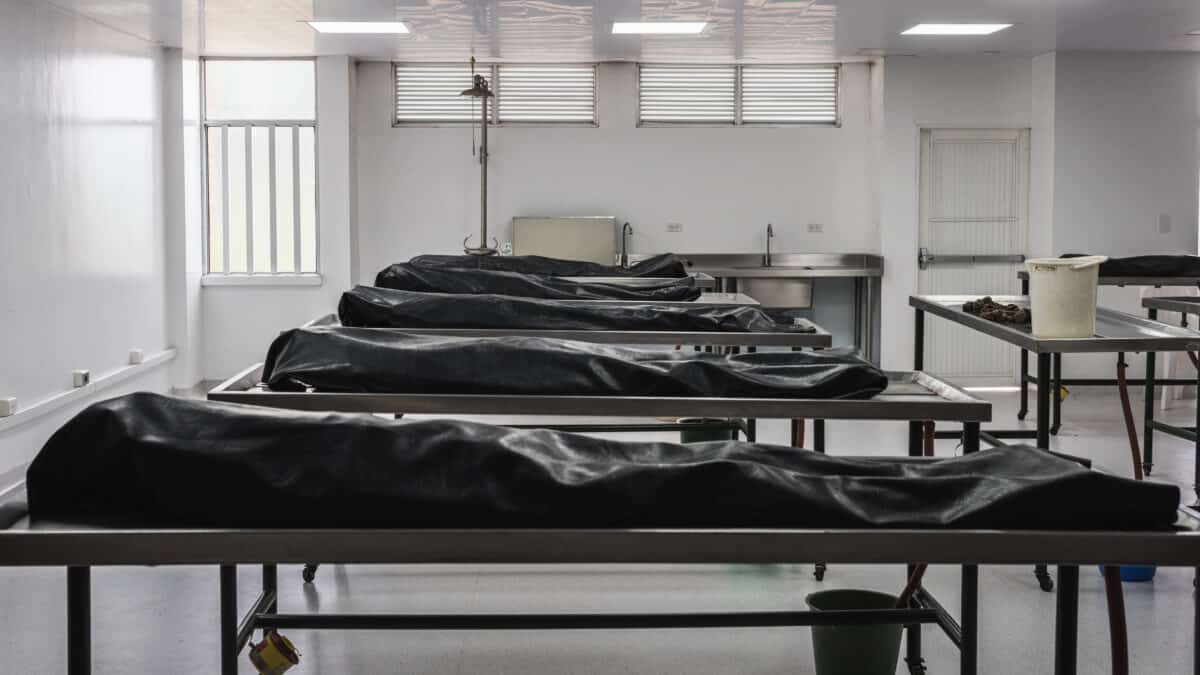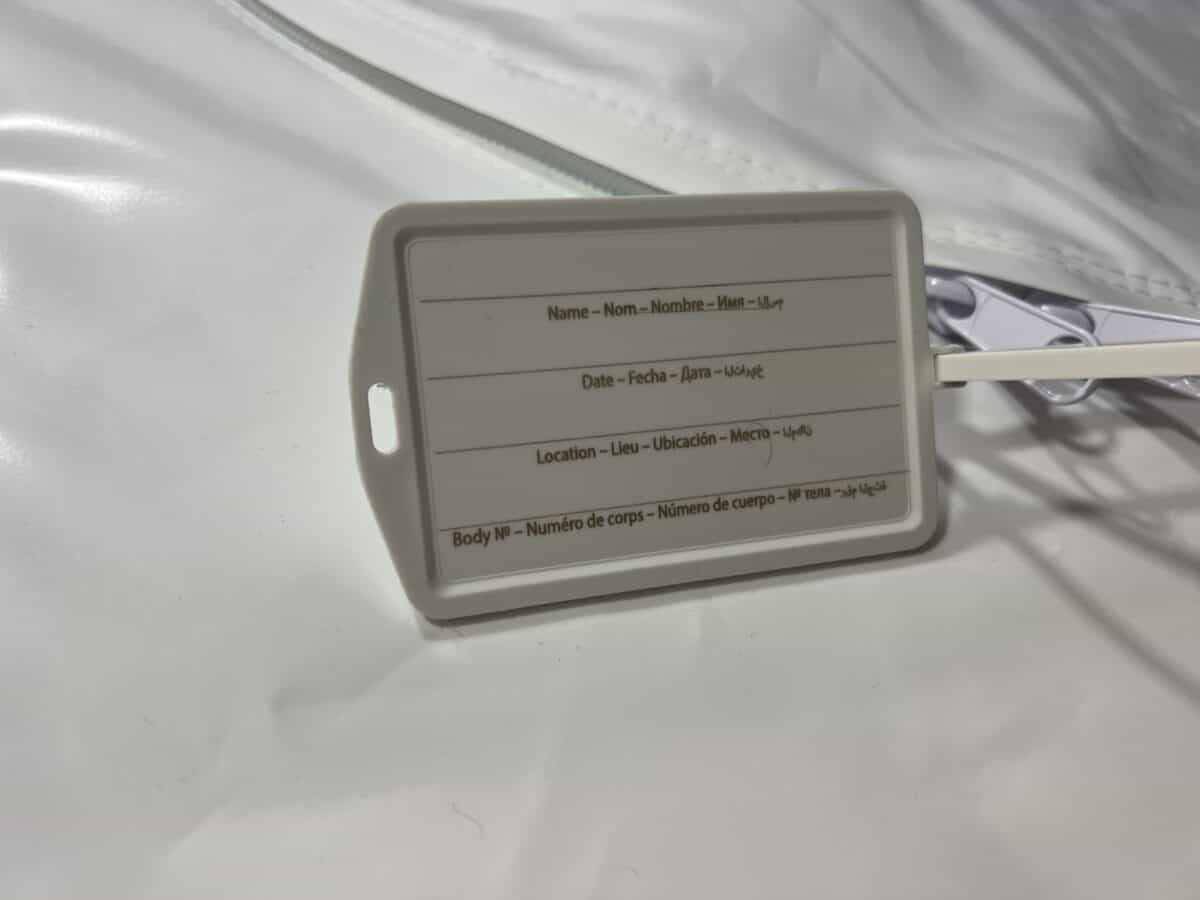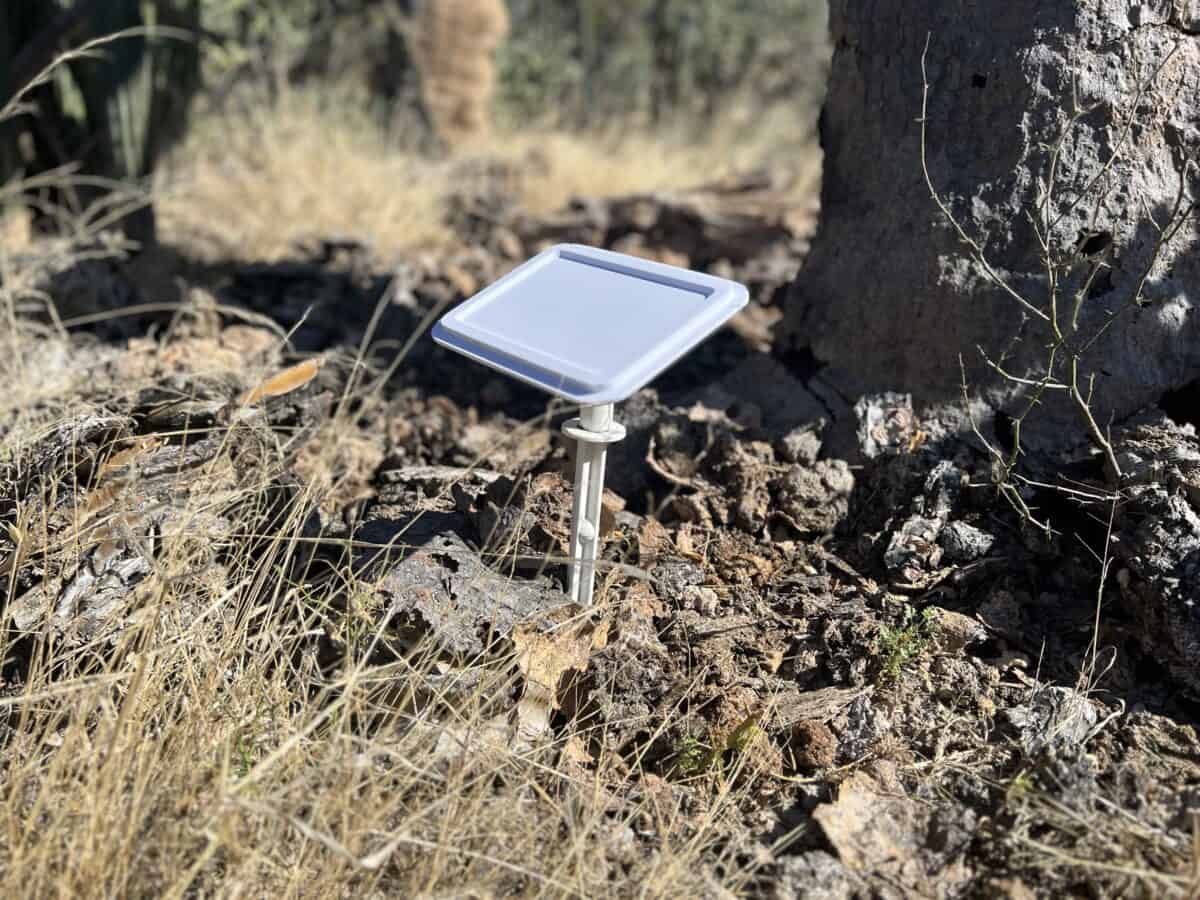Mass Fatality Events and Disaster Victim Identification

Disasters and conflicts can have catastrophic consequences, resulting in many deaths and overwhelming local and regional services. Consider the Covid-19 pandemic or the conflict in Ukraine. Overnight, communities found themselves facing mass fatality events that they were not prepared for. First responders and the medico-legal services had to manage and identify large numbers of dead.
Recovery and care of survivors and the supply of essential services is an obvious reaction to these events. Still, proper management of the dead is just as key a component of disaster response. For every person that dies, countless family members are looking for them. If human remains aren’t managed properly,
accountability for the dead becomes challenging, and identification becomes extremely difficult. Connecting the dots between who is missing and the names of the dead becomes extremely difficult without information.
Recording of Human Remains
Accurate recording of where remains were recovered from and where they are laid to rest, even temporarily, is essential to forensic investigation efforts and identification. To re-create the body’s history, traceable information about where, when and how remains were recovered is paramount. The collection of this information allows forensic investigators to re-create the story of the human remains with the aim of associating a name with a body.
Challenges in Disaster Victim Identification
The challenge is that often, in emergencies, especially where there are large numbers of deaths, capacities to manage human remains often become overwhelmed. Resources are often not immediately available to correctly record information about human remains and when, where, and how they were recovered.
In mass fatality events, the deceased may be tagged with non-durable materials. They may be buried using temporary gravesite markers that don’t last because they are not designed to withstand time and the elements. This is a problem because if the body tag goes missing, it becomes challenging to re-associate the remains with any information collected about them. If a temporary gravesite marker goes missing, the location of the remains can be lost, making it difficult or impossible to relocate later. This has implications for families that might be searching for a lost relative and for mortality management services.
How to Ensure Traceability of Human Remains
The solution is to have systems and equipment available immediately for use by first responders that make data recording and traceability easier, more efficient, and standardized from the moment remains are found until their final deposition.
Durable body tags with standard data fields make it easier for first responders to record systematized and standardized data. This is key to ensuring that as much contextual information is available for identification teams. The more data recorded about the deceased, the easier it is for forensic teams and other experts to identify them. This can be as simple as recording the body’s case number, recovery location and date, or more complex, such as taking note of any tattoos or identifying features on the body. Forensic experts then use this data to support identification efforts and put together a full picture of what happened to the deceased.

Durable grave site markers that will last over time are also essential. While the expectation is that human remains buried under a temporary marker will be identified and reinterred with a permanent marker, the reality is that many remains will not be quickly identified. A durable marker will ensure that there is tangible evidence of where remains are buried and that they are traceable. When hundreds or even thousands of people are killed, it is critical that first responders can preserve evidence of where remains were recovered from and where they are buried so that they can be identified later and returned to their loved ones.

Recovery and dignified care of human remains is critical to disaster response. Emergency responders need equipment immediately available that allows for straightforward accountability for the dead. Doing this will help connect those who are missing and those who have lost their lives and help victims be returned to their families.
